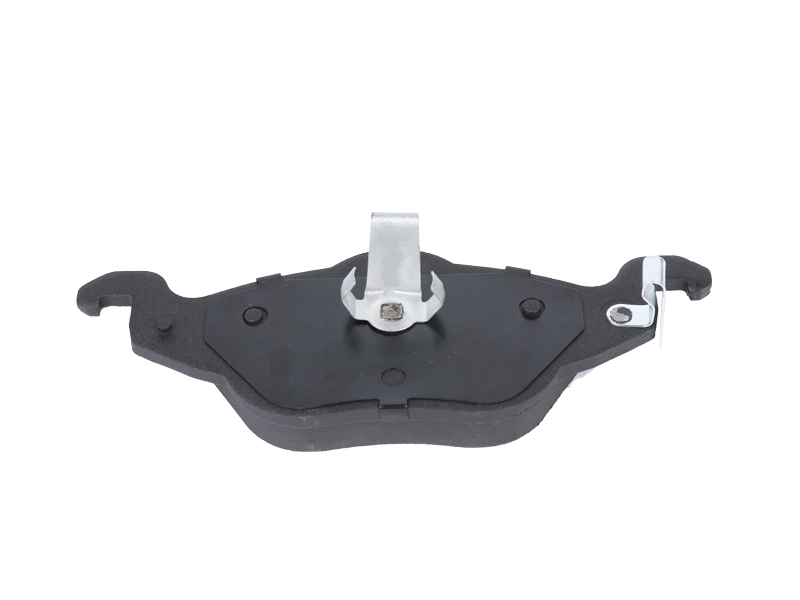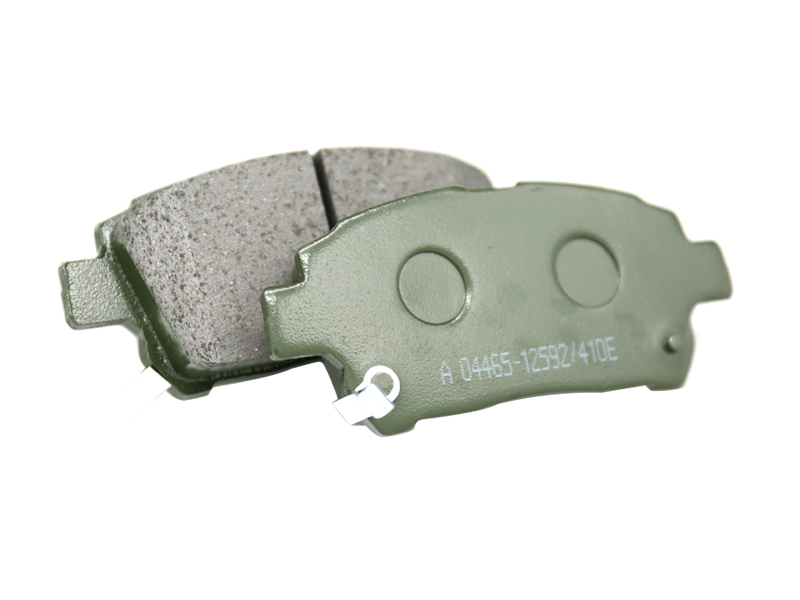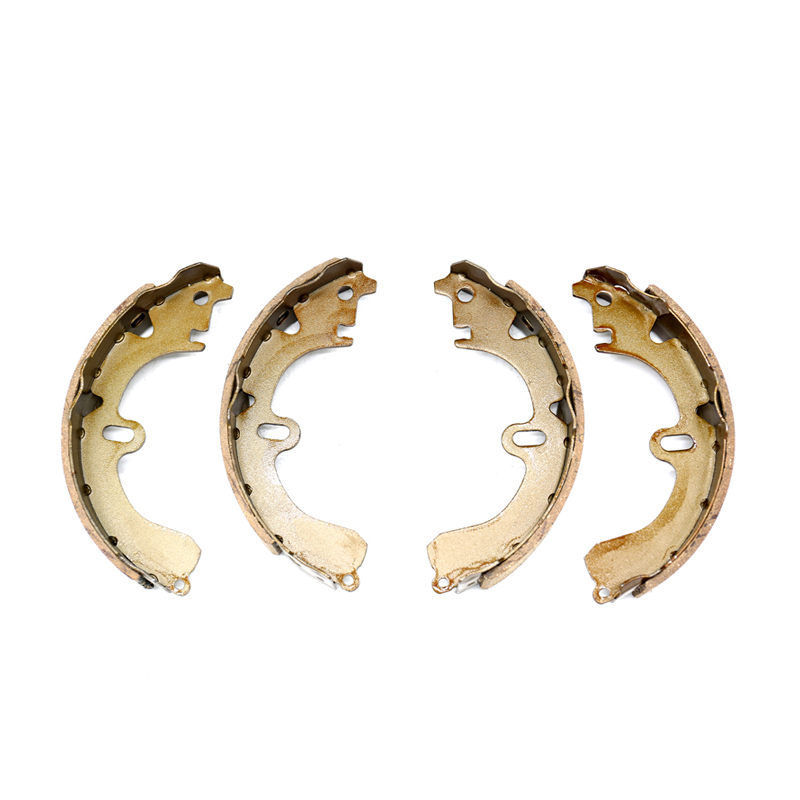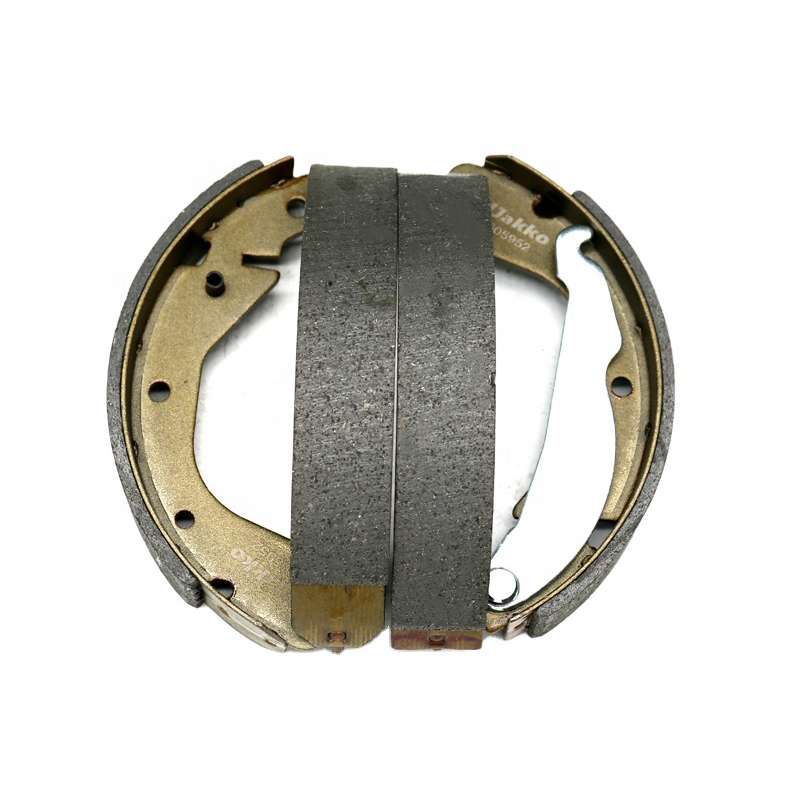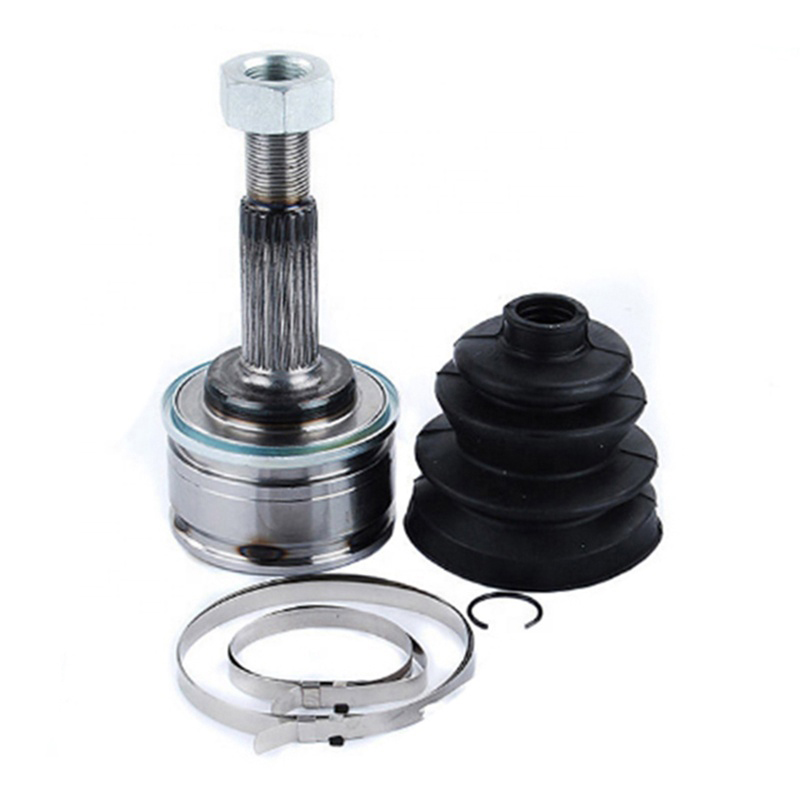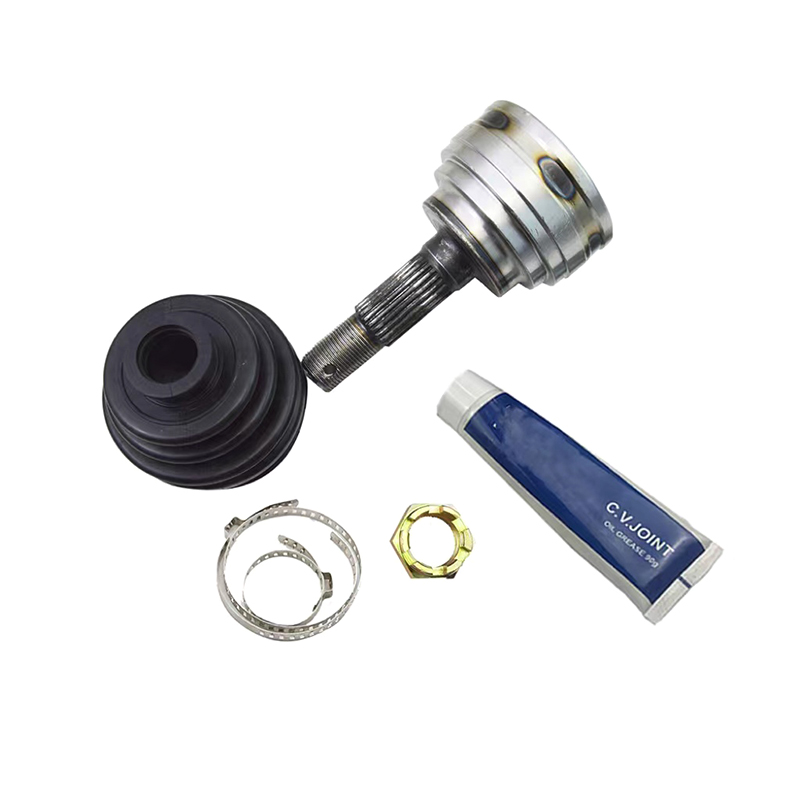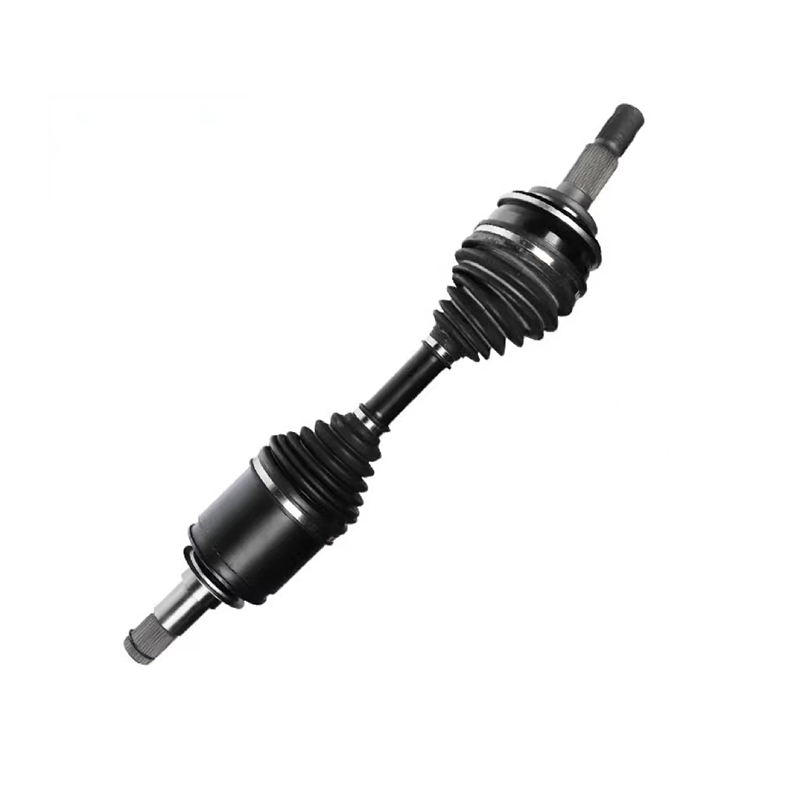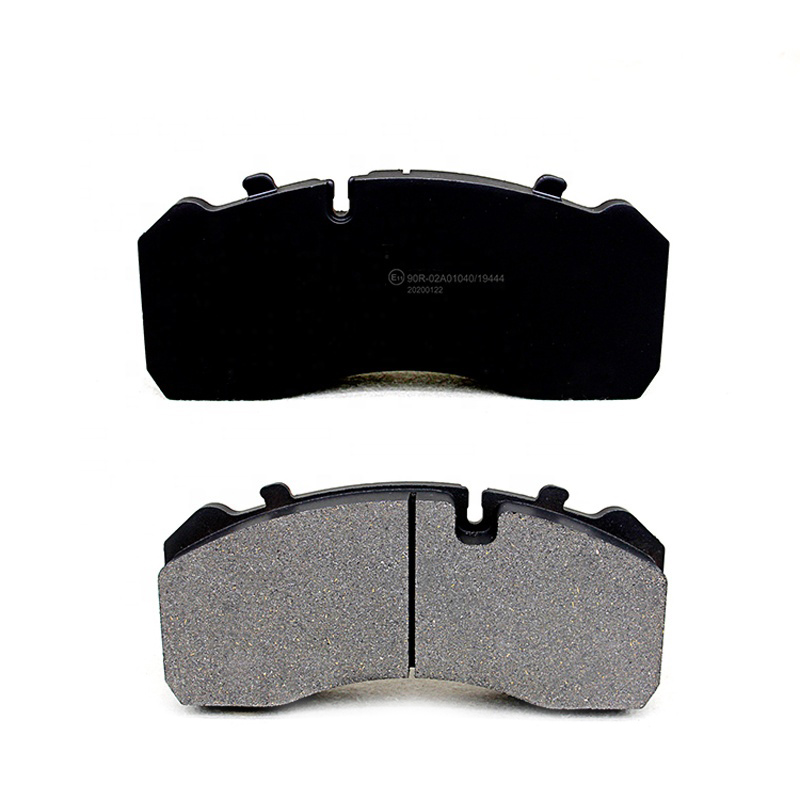Brake pad designs vary significantly for different types of vehicles to meet the specific performance and durability requirements of each vehicle category. Here's an overview of how brake pad designs differ for various types of vehicles:
Passenger Cars:
Passenger car brake pads are designed for everyday driving and commuter use.
They are typically made from a variety of materials, including organic, semi-metallic, or ceramic compounds, depending on the manufacturer and model.
Noise reduction and comfort are essential considerations in passenger car brake pad design.
Passenger car pads often prioritize a balance between good braking performance, low noise, and minimal dust generation.
Trucks and SUVs:
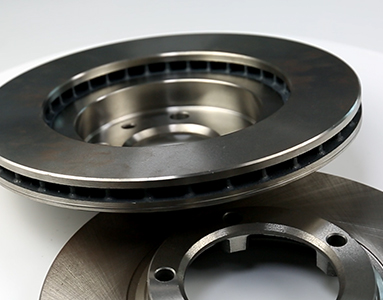
Trucks and SUVs are heavier and have higher payloads than passenger cars, requiring more robust brake pads.
These vehicles often use semi-metallic or ceramic brake pads for increased durability and heat resistance.
Larger pad sizes and thicker friction material may be used to handle the increased weight and load capacity.
Commercial trucks and heavy-duty vehicles may use specialized brake pads designed for heavy-duty applications.
High-Performance Vehicles:
High-performance cars, such as sports cars and supercars, demand superior braking performance.
Brake pads for these vehicles are designed to withstand high temperatures and provide excellent stopping power.
They often use high-performance friction materials like carbon-ceramic or carbon-metallic compounds.
Some high-performance brake pads may sacrifice a bit of comfort and produce more noise and dust in favor of improved braking performance.
Racing and Motorsports:
Racing vehicles have extreme braking requirements due to high speeds and heavy braking loads.
Brake pads for racing applications are designed to operate at extremely high temperatures and provide exceptional stopping power.
They often use aggressive friction materials and may be designed for quick pad changes during pit stops.
Electric and Hybrid Vehicles:
Electric and hybrid vehicles have unique braking characteristics due to regenerative braking systems.
Brake pads for these vehicles may be designed to work in conjunction with regenerative braking, reducing wear and extending pad life.
Special attention may be given to noise reduction and low-dust formulations to maintain a clean and quiet driving experience.
Off-Road and Utility Vehicles:
Off-road vehicles like trucks and SUVs designed for rugged terrain may require specialized brake pads.
These brake pads are designed for durability, with reinforced materials to handle rough conditions and extreme temperatures.
In summary, brake pad designs vary based on the intended use and characteristics of the vehicle. Factors such as weight, speed, heat resistance, noise reduction, and dust generation all play a role in determining the appropriate brake pad design for a specific vehicle type. Manufacturers carefully engineer brake pads to meet the needs of each vehicle category, ensuring optimal performance and safety.

